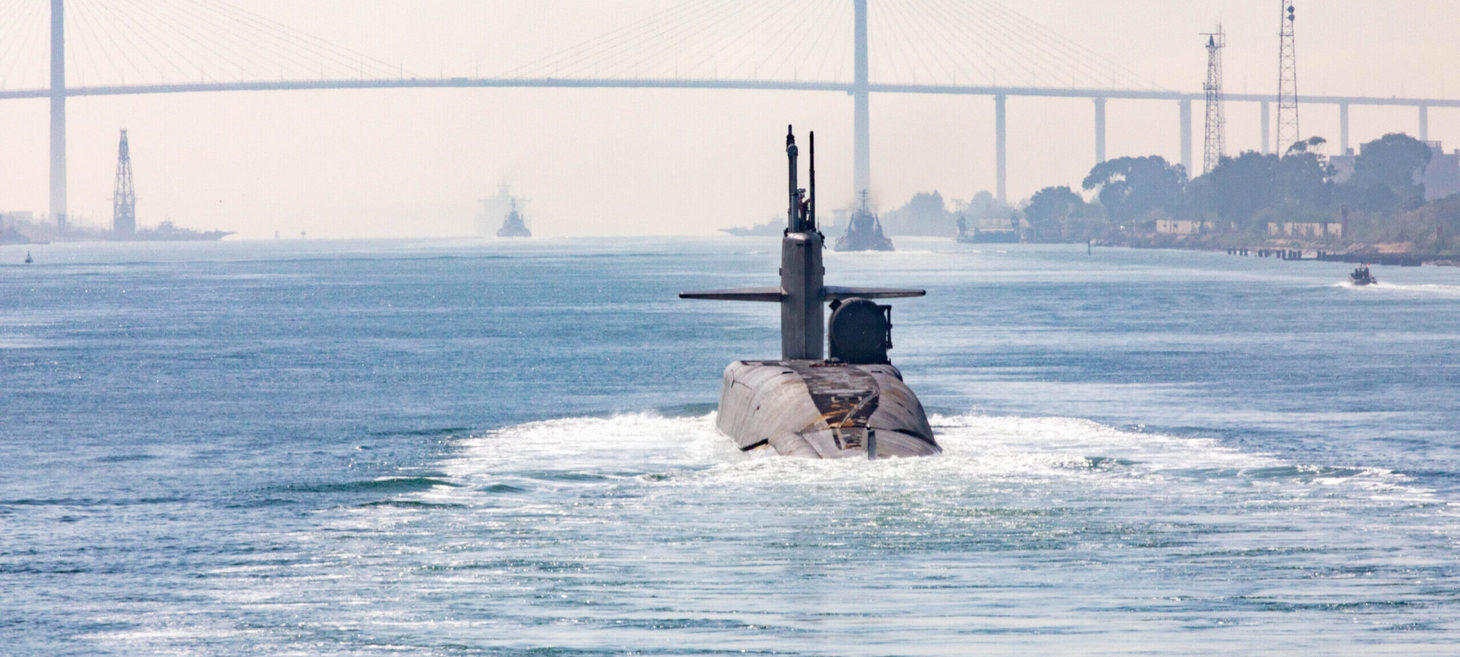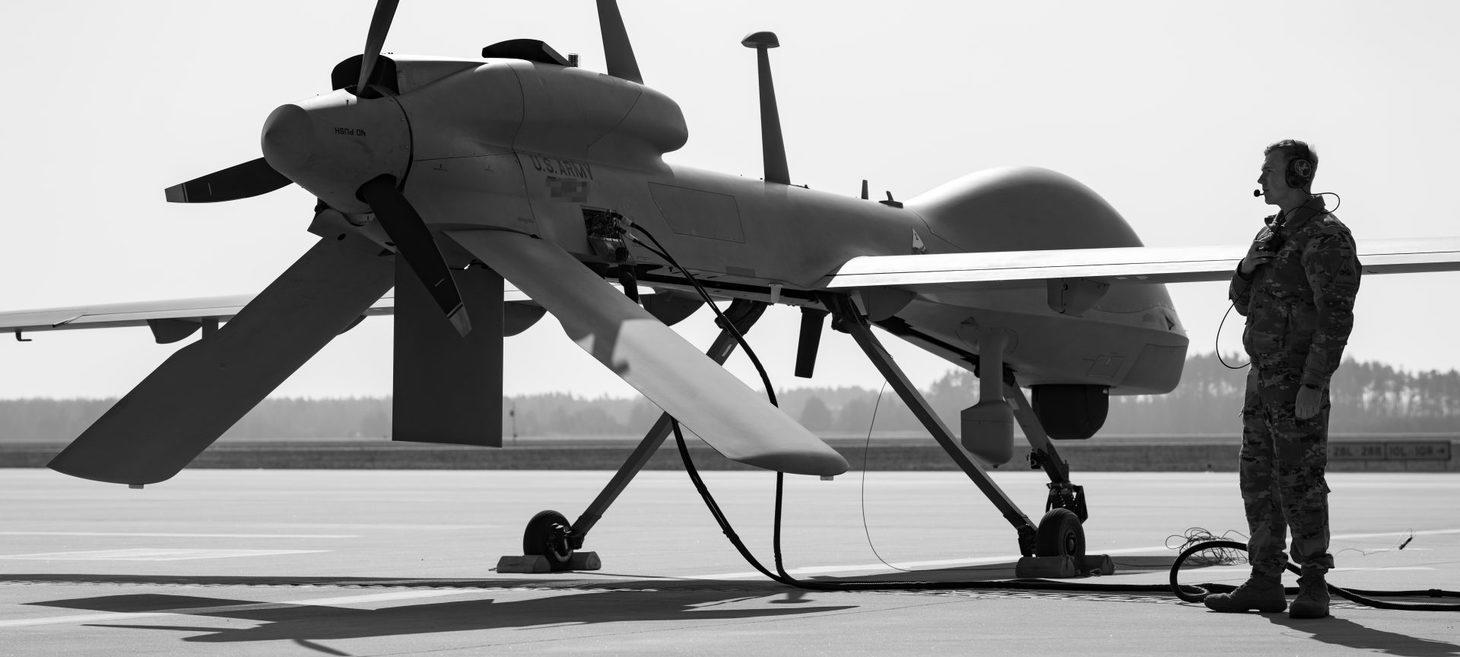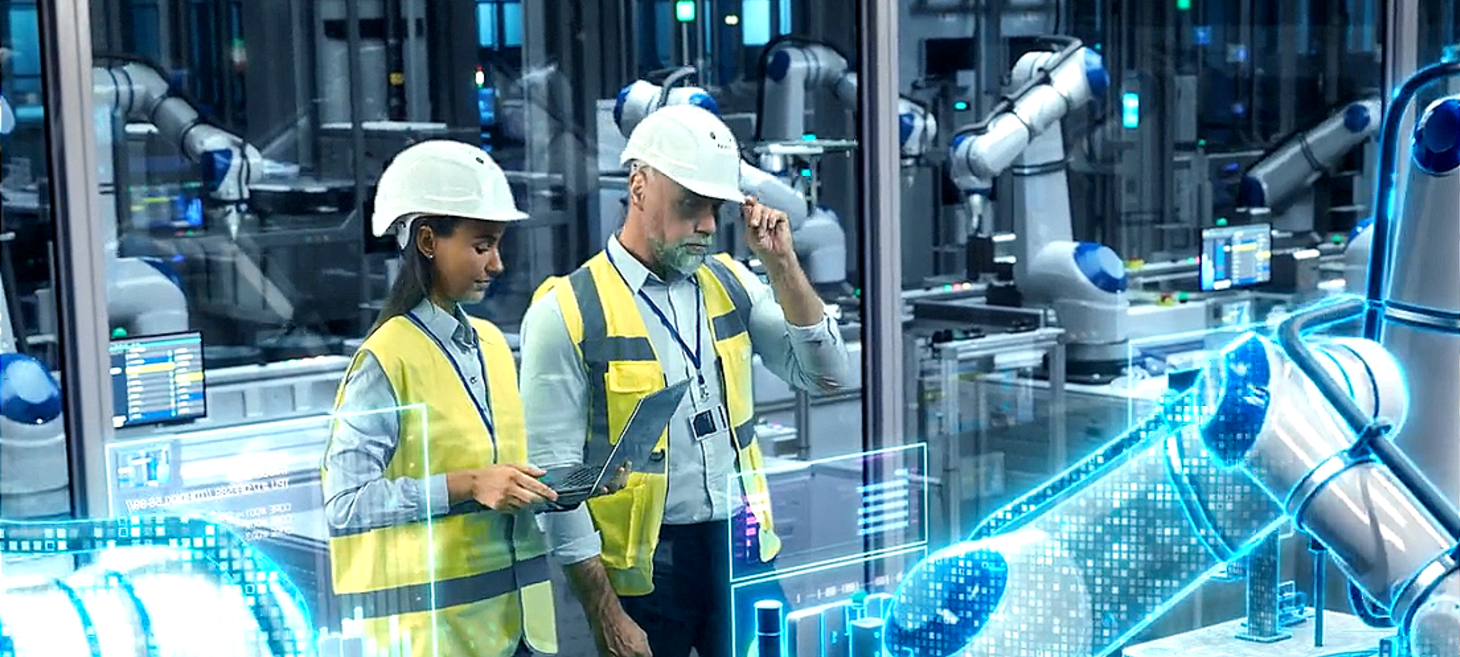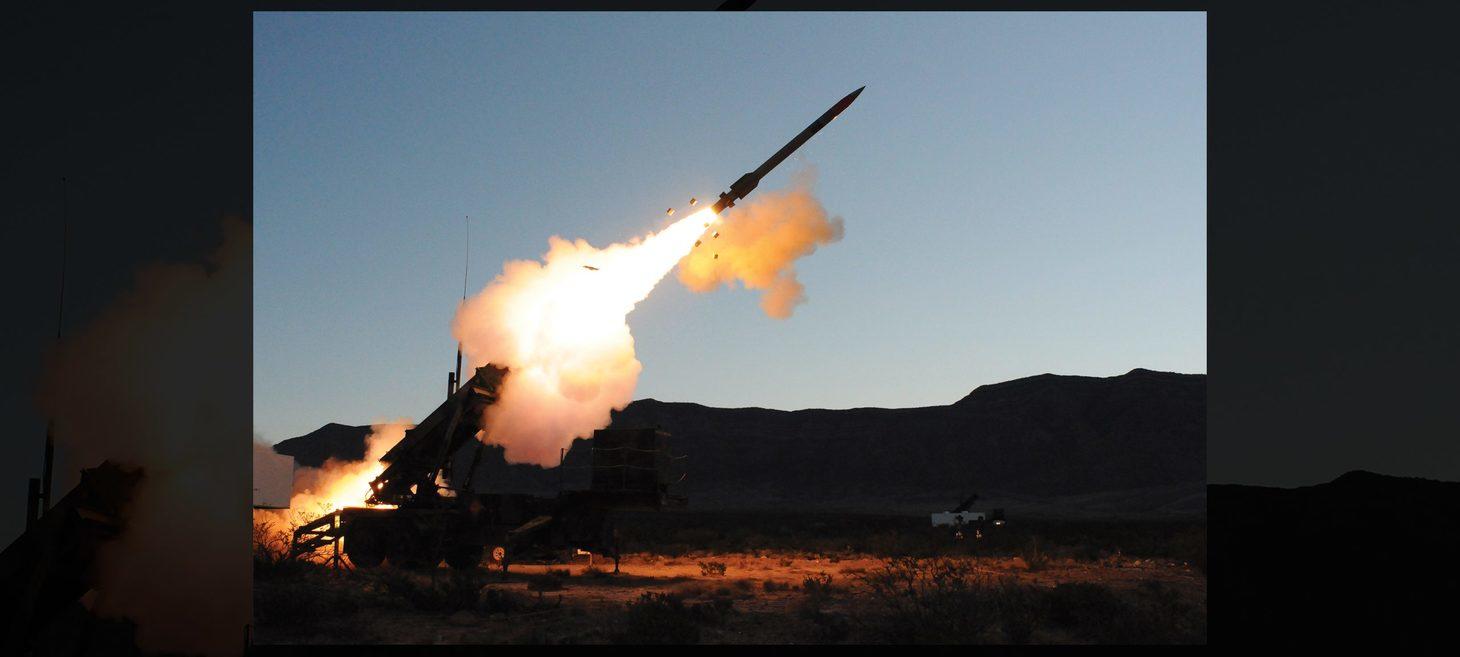INNOVATION

Upgraded sub-launched nuclear warhead program wraps production
The last production unit of the W88 Alt 370, an upgraded version of the legacy W88 used on Ohio-class ballistic missile submarines, has rolled off the line.

The Army is hoping for a big new drone by 2028
For years, the MQ-1C Gray Eagle has occupied the skies for division-sized formations, but it requires a runway to launch. As battlefields become more complex, autonomized and rife with contested airspace, the Army wants a more advanced drone that isn’t tied to a runway and can finish the mission even if it loses connection with its operator.

DefHack takes defence tech to the streets
The recent DefHack: Resilience edition hackathon in Tallinn, Estonia was all about extendability. Builders and startups showed off interesting projects in areas like sustainability in defence, ideas that touch the everyday person and the average community and the role they play in defence. Signal jamming, civilian crisis response, thermal camouflage, and disinformation all took stage.
INVESTMENT

Arlington defense tech firm reaches unicorn status
An Arlington County defense tech contractor has joined the unicorn ranks with a $1.25 billion valuation.
Govini announced in mid-October that Bain Capital is investing $150 million in the company, raising its valuation above the $1 billion threshold.
ARTIFICIAL INTELLIGENCE

Chasing True AI Autonomy: From Legacy Mindsets to Battlefield Dominance
Western militaries are still arguing over what “autonomy” means while Russia and China are already building machines that don’t need GPS, data links, or even instructions.

5 Ways Trump’s Latest AI EO Could Benefit AI for Defense
President Trump’s most recent executive order on AI lays the groundwork for further development and implementation of the technology for military and national security applications.

Palladyne AI Launches Vertically Integrated U.S. Defense Technology Division Through Strategic Acquisitions
Palladyne AI launches Palladyne Defense, combining embodied AI, autonomous systems, and U.S. manufacturing to deliver scalable, low-cost attritable defense systems while expanding revenue and reshoring critical capabilities.
TECHNOLOGY

SNC, Applied Intuition Partner to Boost Defense Autonomy
The collaboration will prioritize missile defense and counter-drone capabilities, using distributed autonomy and real-time sensor fusion to enhance response times, decision-making and operational safety, SNC said Tuesday.

Realistic Expectations for Golden Dome by 2028
The Golden Dome concept and capability would free the United States from ever being held hostage to nuclear threats from peer competitors.
OUTER SPACE

Welcome to the greyzone of warfare in space
It’s been described as ‘slow motion ballet,’ but don’t let the lack of bullets deceive you. Space is being quietly exploited by adversaries leaning into the latest in satellites and defence tech
EUROPE

Investment Growth in Ukraine’s Defense Tech Sector Attracts Global Interest
Nearly four years into the war, investment in Ukraine’s defense-tech ecosystem continues to rise, making it one of the few industries in the country experiencing growth. This raises a simple question for investors: why park your money in Ukraine?

Europe’s Defense Tech Debate Needs Context, Not Moral Panic
Europe’s defense tech debate is happening at a moment of war on the continent, strategic dependency, and a generational investment gap. Dual-use

Awash with defense cash, Poland rolls out red carpet for US tech firms
Poland is working to expand its cooperation with Silicon Valley-rooted U.S. defense tech companies such as Palantir and Anduril, eyeing new unmanned and artificial-intelligence capabilities as well as local production of cruise missiles.
